The Woman on Pier 13
6 /10 1 Votes
Director Robert Stevenson Country United States | 5.9/10 IMDb Genre Crime, Drama, Film-Noir Duration Language English | |||||||||||||||||||||||||||||||||
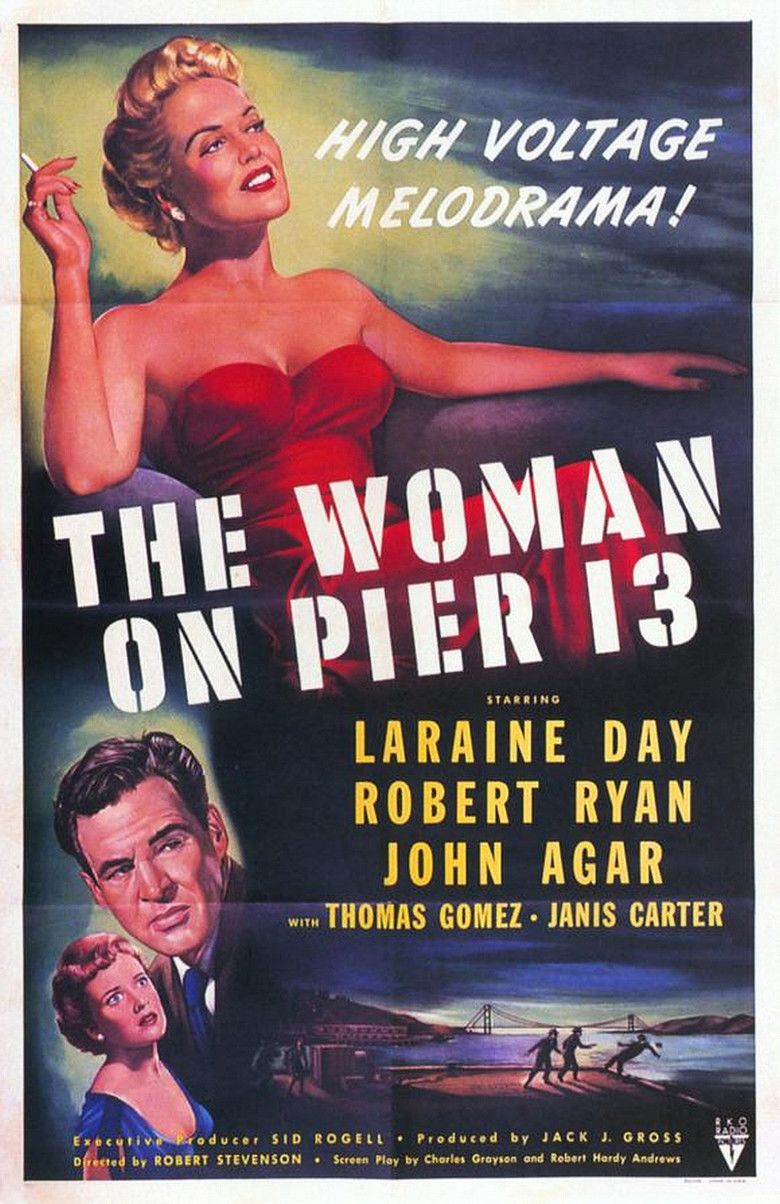 | ||||||||||||||||||||||||||||||||||
Release date October 7, 1949 (1949-10-07) (Preview-Los Angeles)June 3, 1950 (1950-06-03) (US) Writer Charles Grayson (screen play), Robert Hardy Andrews (screen play), George W. George (story), George F. Slavin (story) Screenplay Robert Hardy Andrews, Charles Grayson, George W. George, George F. Slavin Cast (Nan Lowry Collins), (Bradley Collins / Frank Johnson), (Don Lowry), (Vanning), (Christine Norman), (Jim Travers) Similar movies The Motorcycle Diaries , Good Night, and Good Luck. , The Manchurian Candidate , The Way We Were , Little Rose , The Spy Who Came in from the Cold Tagline Her beauty served a mob of terror whose one mission is to destroy! | ||||||||||||||||||||||||||||||||||
The Woman on Pier 13 is a 1949 American film noir drama directed by Robert Stevenson, and featuring Laraine Day, Robert Ryan and John Agar. It previewed in Los Angeles and San Francisco in 1949 under the title I Married a Communist, but the name was changed prior to its 1950 release due to poor polling among those preview audiences.
Contents
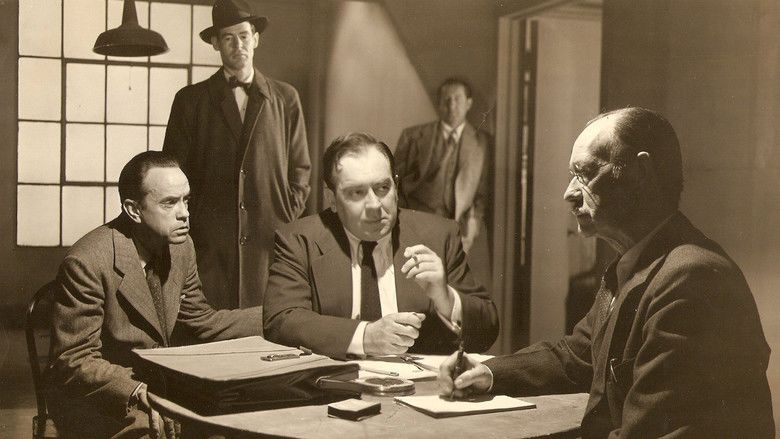
Plot
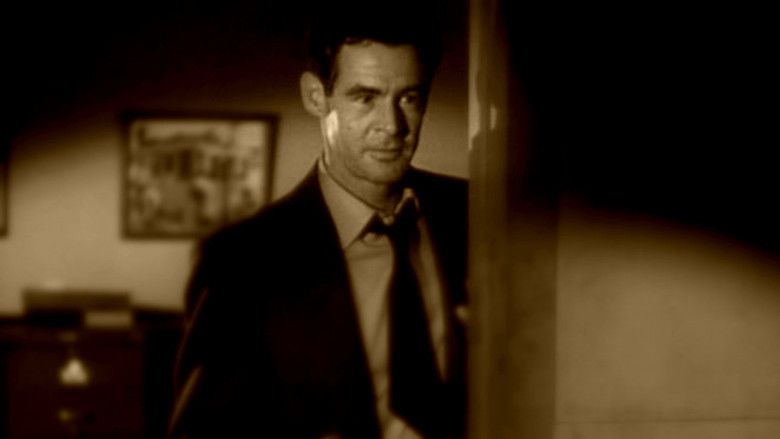
Brad Collins (Ryan), a San Francisco shipping executive (real name Frank Johnson) who recently married Nan Lowry Collins (Laraine Day) after a brief courtship, was once involved with Communism in New York, while a stevedore during the Depression. Shortly after returning home following their honeymoon, the couple meet Christine Norman (Janis Carter), an old flame of Collins. Nan immediately dislikes her.
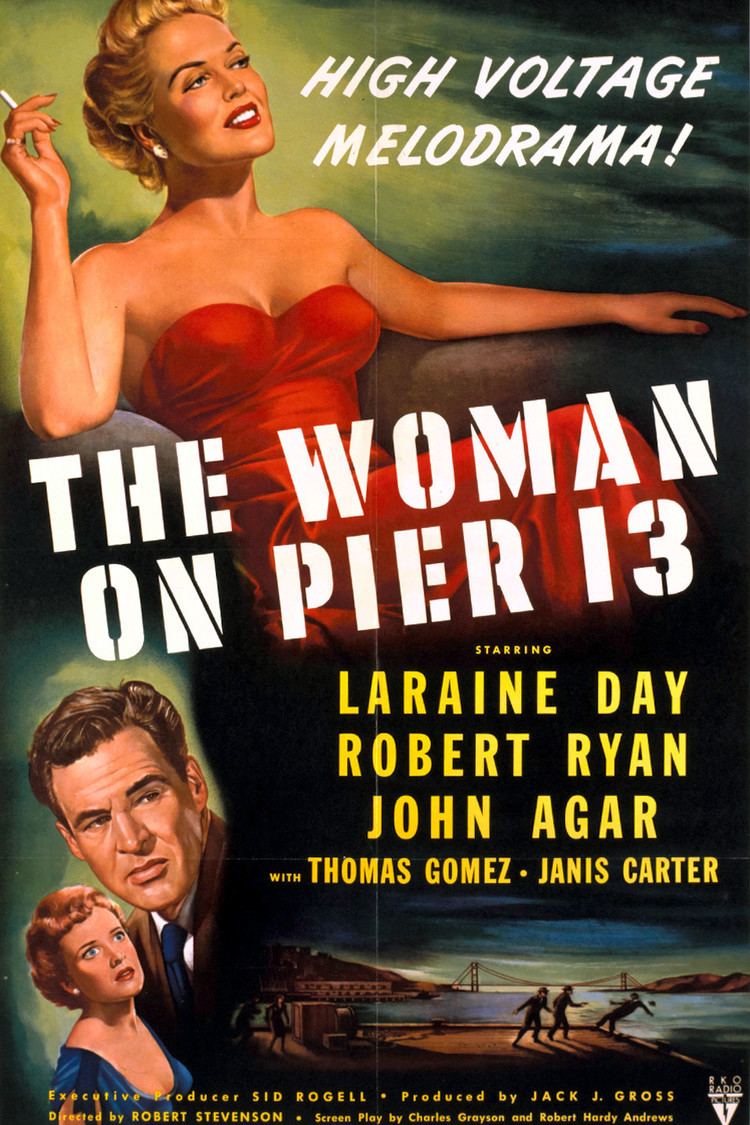
Collins becomes the target of a Communist cell and its leader, Vanning (Thomas Gomez), who orders an alleged FBI informer drowned after a brief interrogation. After threatening to reveal Collins' responsibility for a murder as well as his communist past, Vanning orders the executive to sabotage the shipping industry in the San Francisco Bay by resisting union demands in a labor dispute. He claims it is impossible to leave the Communist Party. Meanwhile Norman, bitter over Collins's earlier rejection, is ordered to become closer to his brother-in-law Don Lowry (Agar) by indoctrinating him with their Communist world view. Norman, though, genuinely falls in love with Lowry, with Vanning claiming that she is not meant to be so emotional.

A friend of Collins and former boyfriend of Nan, union leader Jim Travers (Richard Rober) cannot understand why Collins has become unreasonable to deal with. Travers is concerned about the possibility of the small number of communists in the union being able to take it over, and suspects Norman of being a communist, or at least a fellow traveler. He discusses this with Lowry, who is a new colleague. Lowry denies Norman's politics, apparently still free of communist ideology, or an awareness of where his, by now, future wife's friends are coming from politically. She confesses when confronted, but after Lowry rejects her she shows him a photograph of herself with Collins/Johnson and reveals his communist past. Vanning interrupts them. Angry with Christine for breaking orders, she was supposed to be in Seattle for another two days on her day job as a photographer, he tries to lean on Lowry because he is now able to expose the influence the party has regained over Collins.

Lowry travels to the Collins' residence to inform them of what he has learned, but is run over by a car driven by the communist hit man J.T. Arnold (Paul E. Burns) who had observed the earlier killing with Collins. Nan, previously informed by Norman that her brother is in danger, tries to convince her husband that Lowry's killing was not an accident. He pretends to be unconvinced. Confronting Christine, Nan is told of her husband's past, and Christine (falsely, though he was with Arnold) informs her that Bailey (William Talman) was probably responsible for Lowry's death. Preparing a suicide note, Christine is interrupted by Vanning, who thinks this is a good solution, but wishes to keep politics out of it, and destroys her confession of communist involvement. It is unclear if she does commit suicide, or whether she is thrown out of the high window.
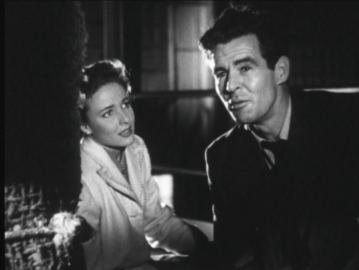
Intent on revenge, Nan befriends Bailey at the fairground where he has legitimate employment, and goes off with him. The hit man is saved when she is identified, and Nan is kidnapped and taken to the hidden local communist headquarters in Arnold's warehouse. Collins tracks his wife down to this location, and by threatening Arnold with a gun, is able to gain admittance. In a shootout, Bailey and Vanning are killed, and Collins fatally injured. In his last moments Nan says she still loves him.
Cast
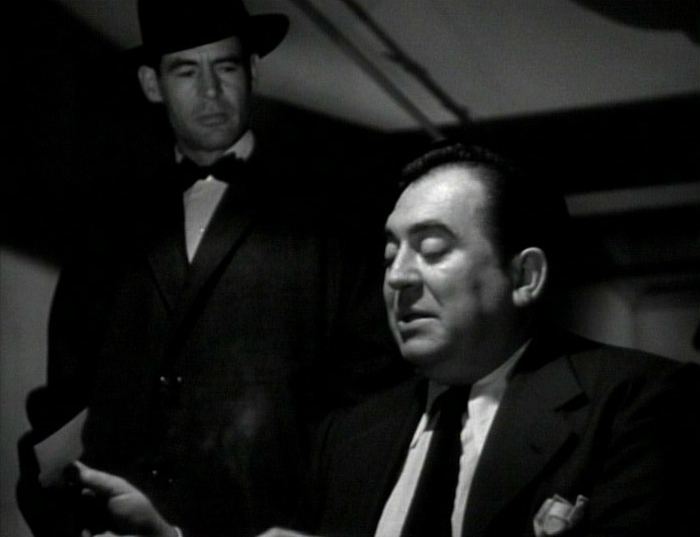
Production
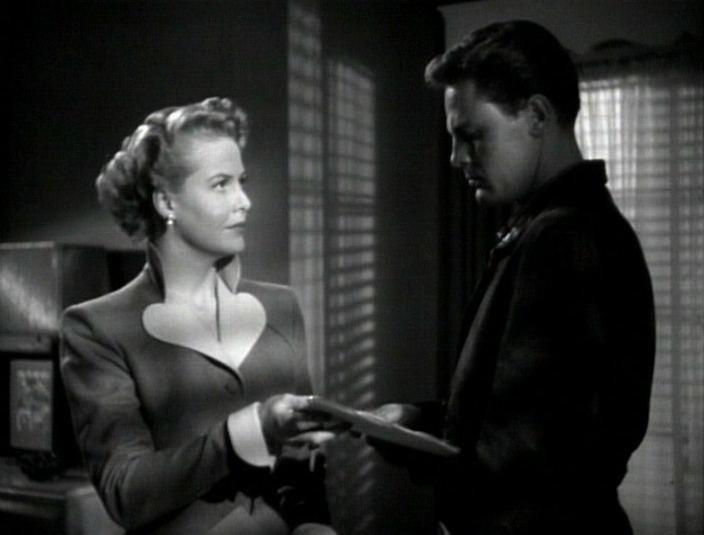
RKO chief Howard Hughes offered the script to directors as a test of their patriotism. Thirteen directors, starting with Joseph Losey, turned down the film before it was finally made under the British director Robert Stevenson.
Box-office
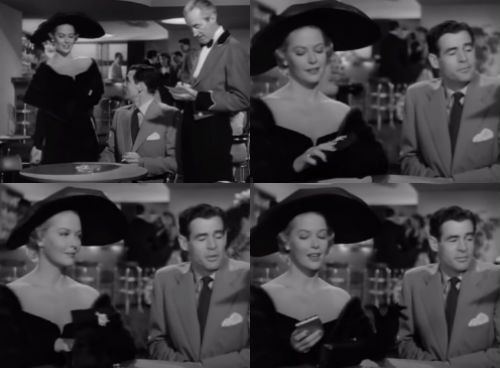
The film was not popular with audiences and recorded a loss of $650,000.
Critical response
When the film was released, the staff at Variety magazine wrote a tepid review, "As a straight action fare, I Married a Communist generates enough tension to satisfy the average customer. Despite its heavy sounding title, pic hews strictly to tried and true meller formula ... Pic is so wary of introducing any political gab that at one point when Commie trade union tactics are touched upon, the soundtrack is dropped."
More recently, British critic Tom Milne in the Time Out Film Guide notes: "The sterling cast can make no headway against cartoon characters, a fatuous script that defies belief, and an enveloping sense of hysteria. Nick Musuraca's noir-ish camerawork, mercifully, is stunning."
Film critic Dennis Schwartz wrote a positive film review, but questioned the film's veracity. He wrote, "The story was filled with misinformation: it distorted the communist influence in the country and how big business and unions act. It attempted to make a propaganda film that reaffirms the American way of life and familial love, but at the expense of reality ... If you can somehow get by the polemics and the cheesy script and view this melodrama as typical Hollywood, the film is quite entertaining. It is shot in a dramatic noir style by Musuraca and the leads all give able performances, swallowing some tasteless lines with a great deal of bravado. Its moral tone is reaffirmed by Ryan's death, who must repent from his past guilt by defending his wife."
Parody
The film was parodied as I Married an Abolitionist in the 2004 mockumentary C.S.A.: The Confederate States of America.
References
The Woman on Pier 13 WikipediaI Married a Communist (film) IMDbThe Woman on Pier 13 themoviedb.org
